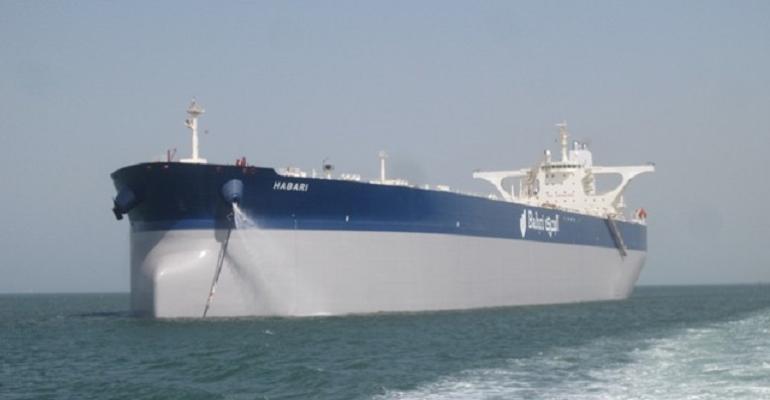That’s a paraphrase, but that was one important take-away from a conference call organized by brokers BTIG- under the auspices of equity analyst Greg Lewis, featuring Rystad Energy’s head of oil markets, Bjornar Tonhaugen.
The call covered a broad swath of topics around the sharply reduced oil demand situation in the face of the Covid-19 virus and the dramatically increased supplies coming principally from Saudi Arabia. In a Rystad report from 17 March, the consultants state that: “The actual impact on oil prices will be determined by global storage capacity, as the recent flood of oil from Saudi Arabia will be multiplied by the coming tsunami of demand destruction.”
The essence of the tanker dichotomy was explained in the BTIG call. According to Rystad, current oil and products in overall storage is 7.7bn barrels, with 1.3bn “on the water in transit from A to B”, in other words actually onboard vessels.
Tonhaugen continued: “here is very little floating storage, currently because the contango <upward sloping price curve> has not yet incentivized the storage of crude oil as floating storage.” This means that differentials in monthly forward oil prices, more in each successive month, do not yet compensate for the monthly cost of storage, principally the charter hire.
Just as the oil commodity has a forward price curve, so to does the market for big tankers. The old cliché, with slight adjustment, applies; a rising tide at the front end of the market (spot voyages) has lifted all boats, including hires for period timecharters on VLCCs.
Tonhaugen continued, saying: “We’ve heard numbers of $18 - $25m…to charter a VLCC for one year,” and then added: “That would equate to $9 per barrel to $12 per barrel on a 2m barrel VLCC…the current contango curve on Brent oil, is around $10 per barrale on a 12 month basis.” What this means is that the lines are only beginning to cross; floating storage is on the cusp of becoming economical.
The Rystad expert opined: “That is currently not enough.” He then painted a scenario where oil prices continue downward (prior to production being “shut in”) and the current wave of high-priced tankers finish their voyages and become available for floating storage.
At an earlier part of the call, he had suggested that landside storage capacity, which also factors in the US Strategic Petroleum Reserve, could be filled up in a matter of 30 – 40 days. Session moderator Greg Lewis from BTIG mentioned a just reported VLCC charter for six months at $80,000 per day, which he said works back to around $1.20 per barrel. Tonhaugen noted that “Onshore capacity costs significantly less than storage on a VLCC”
The BTIG call covered a wide range of subjects; the subject of jet fuel storage came up, with floating storage, which would presumably be on smaller tankers, less likely because jet fuel specifications contain an expiry date. Lewis also pointed to a pickup on naphtha shipments, a harbinger of improving conditions in Asia, with Tonhaugen cautioning about continued uncertainty.
Copyright © 2024. All rights reserved. Seatrade, a trading name of Informa Markets (UK) Limited.
Add Seatrade Maritime News to your Google News feed.  |

